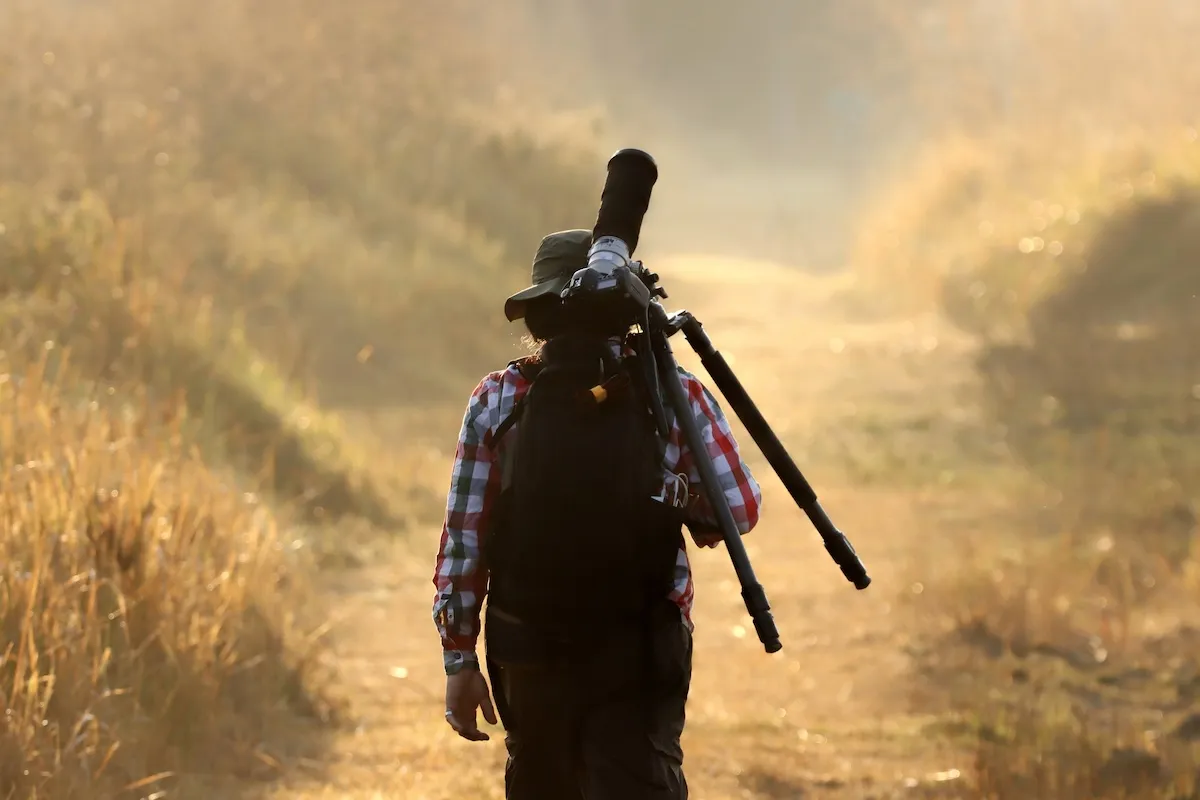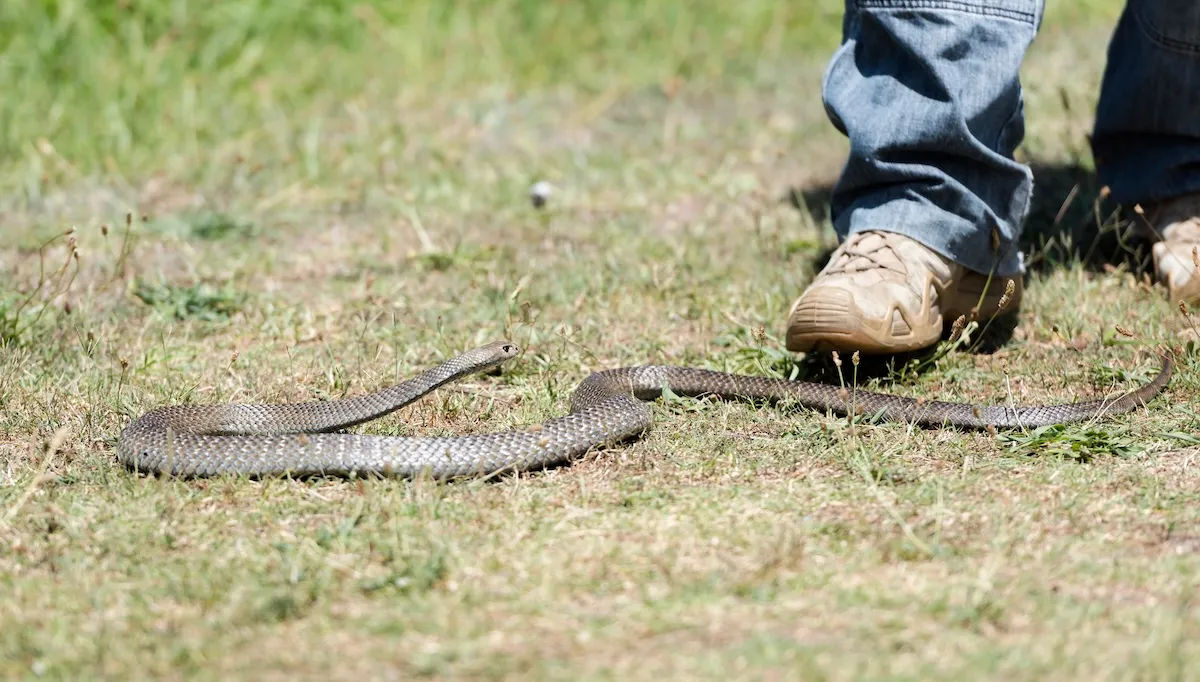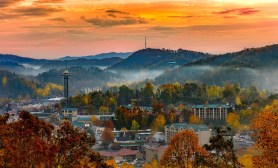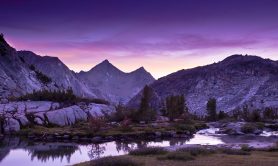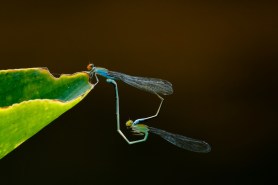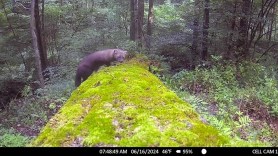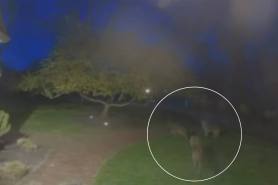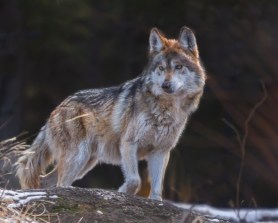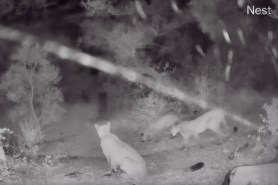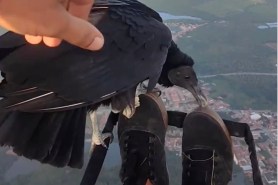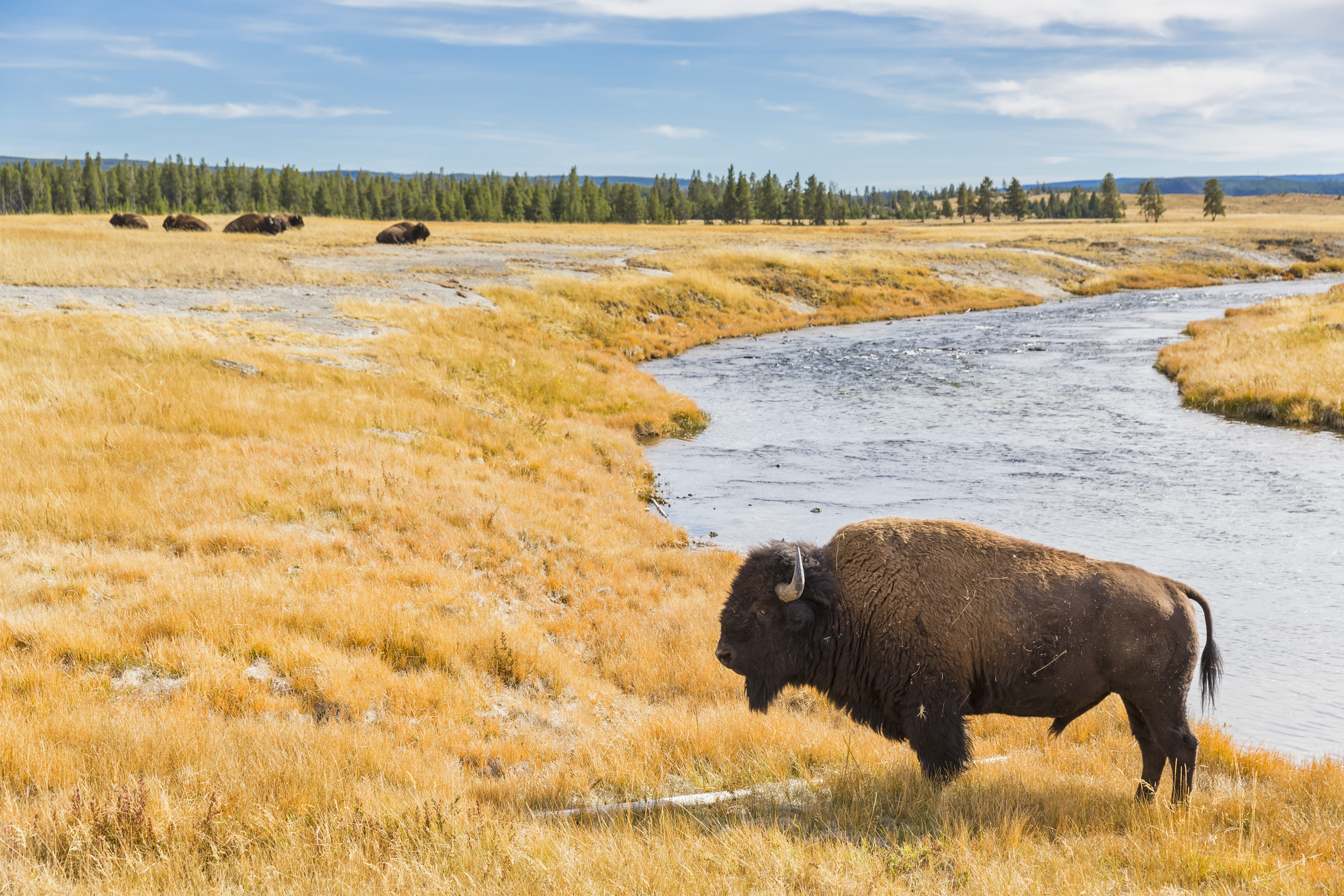

To many, bison may look like a massive cow. Despite their slow grazing of meadows, they do have large horns and can run up to 35 miles per hour. This leaves some people questioning: Are bison dangerous?
Videos by Outdoors
A video clip originally from the National Park Service (NPS) demonstrates the power of these animals.
Take a look:
While the exact location is not given, the text information appears to be from park rangers at Yellowstone National Park. As the font on the video suggests, the clip was taken in a fairly residential area where a herd of bison had wandered.
While police monitor the situation, a woman attempts to “shoo away” one of the animals with what appears to be a towel. The bison clearly doesn’t like that and charges the woman, knocking her to the ground. Fortunately, she appears to be unharmed aside from being a little shocked.
Are Bison Dangerous?
The warnings about bison are nothing new. Large herds of the animal are found in a lot of national parks, including Yellowstone, Grand Teton, and Badlands. Anyone who’s ever visited any of these parks has probably seen the signs warning people to stand back. That’s because bison are extremely powerful.
Earlier this summer, a New Jersey man visiting Yellowstone learned that firsthand when he was gored by a bison. This was the second incident of the year. In May, a Florida man experienced a similar attack.
Yellowstone officials say there were also two incidents in 2024, but just one in 2023. While those numbers may sound small, bison have injured more people in Yellowstone than any other animal.
In each occurrence, park rangers warn visitors to stay back at least 25 yards. At six feet tall and 2,000 pounds, bison are the largest land mammals in North America. If a bison approaches your area, it’s your responsibility to move back to maintain that distance. Bison are known for defending their space.
